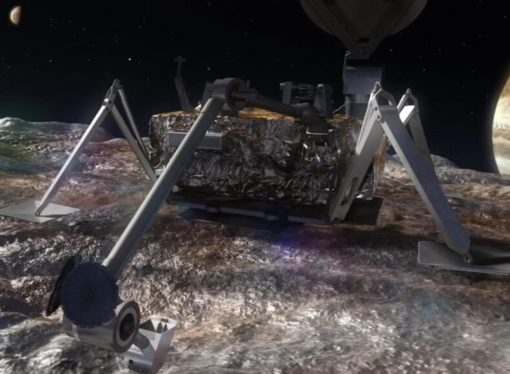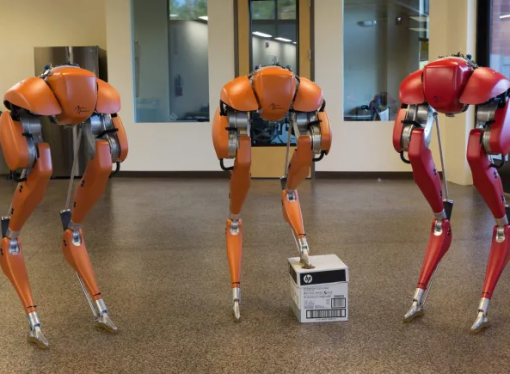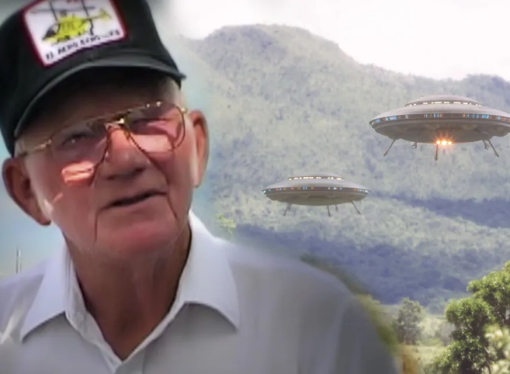Video Archive

- From Around the Web, Space
- December 29, 2020
Fan-powered descents and nimble landing legs are just two ideas for touching down safely
READ MORE
- From Around the Web, Space
- September 25, 2020
NASA held an online conference to talk about TAG, an upcoming event under the OSIRIS-REx mission.
READ MORE

- From Around the Web, Science & Technology
- June 4, 2021
The Third Eye, created by Minwook Paeng, is a satirical device that ensures pedestrians never have to look up from their smartphones.
READ MORE
- From Around the Web, Science & Technology
- July 29, 2021
And it did so on its own without a tether.
READ MORE

- From Around the Web, UFO News
- November 1, 2022
In recent decades several whistleblowers started sharing claims about alleged secret projects dealing with alien technology in famous Area 51. This topic gained a lot of attention when the documentary about Bob Lazar was released.
READ MORE
- From Around the Web, UFO News
- January 14, 2022
New year, more UFO sightings.
READ MORE
